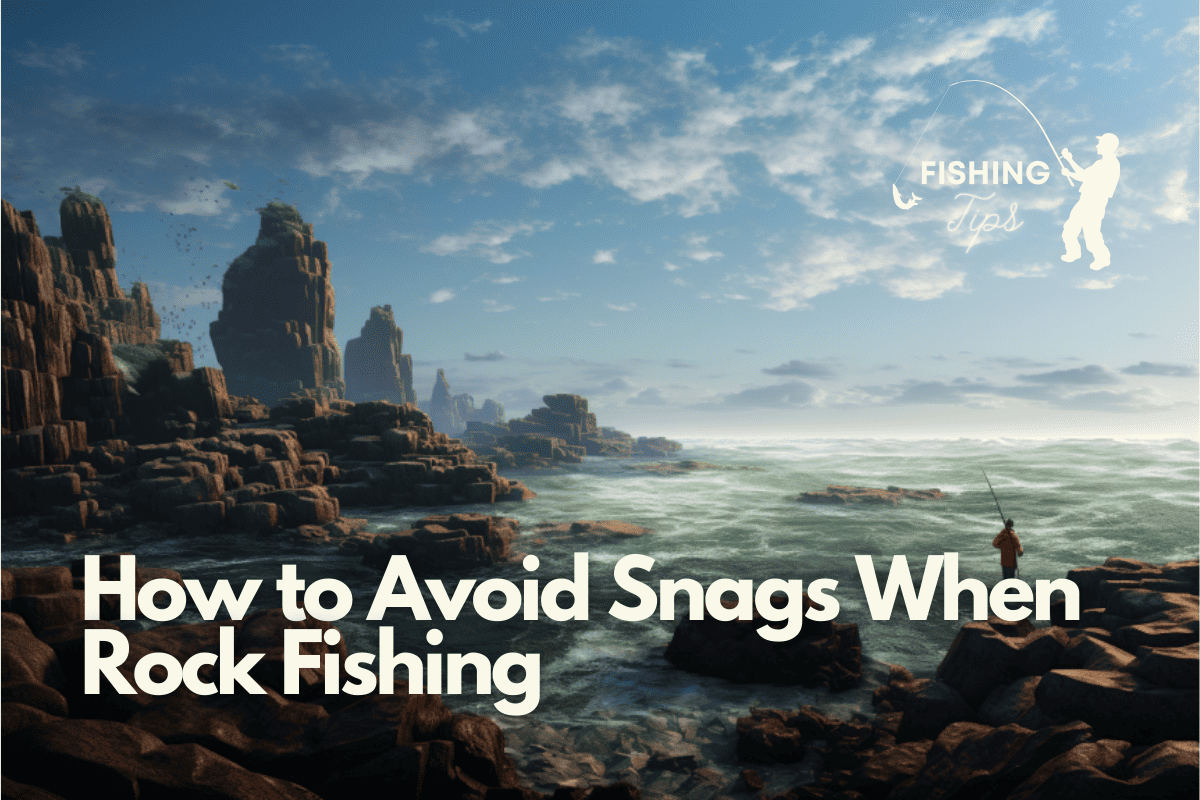How to Avoid Snags When Rock Fishing

Rock fishing is a thrilling experience, offering anglers the chance to catch a variety of species in challenging environments.
However, the rocky terrain can also be a source of frustration due to frequent snags. Let’s explore the techniques and strategies to minimize these interruptions and ensure a smooth fishing experience.
How to Avoid Snags When Rock Fishing: Understanding the Challenges of Rock Fishing
Rocky terrains are notorious for their ability to claim lures. The uneven surfaces, filled with crevices and sharp edges, can easily trap fishing lines and lures.
Rock Fishing and the Techniques to Avoid Snags
| Terrain | Common Snags | Techniques to Avoid Snags |
|---|---|---|
| Rocks | Fissures, Sharp Edges | Gentle bouncing, swift flicks |
| Weeds | Plant Foliage | Use weedless options, move slowly |
| Wood | Branches, Stumps | Keep hook point tucked, navigate carefully |
But with the right approach, you can navigate these challenges effectively.
Rigging Up Right
- Weedless Setups: Bass anglers often prefer weedless setups like the Texas rig or jig heads with a weed guard. These setups reduce the chances of snagging in heavy shoreline weeds and wood.
- Three-Way Rig: For those fishing from a bank in spillways or tailraces, a three-way rig can be effective. However, snags can be frequent. Using a slip bobber can help adjust the depth and keep the bait near the bottom, allowing it to travel with the current.
- Drop Shot Rigs: When using drop shot rigs, tie a simple overhand knot on the sinker. If the weight gets stuck in rocks, a quick tug can free it, allowing you to tie a new sinker without losing your entire setup.
Feeling Your Way Through
Rocks: The key to navigating rocky terrains is to gently bounce your lure over the rocks. When you feel resistance, pause. If it’s a bite, set the hook. If it’s a rock, lift your rod tip and give it a few swift flicks to lift your bait over the rocks.
Weeds: Fish are attracted to weeds for food and shelter. To avoid snags in these areas, use weedless options like plastic baits on a Texas rig. Move slowly, allowing the weight of the lure to push weeds aside.
Wood: Snagging submerged woody material can be challenging. The key is to keep your hook point tucked away. The Texas rig is ideal for this situation. As you reel, feel for increased resistance, which indicates contact with a branch. Slow down and navigate carefully.
Getting Unstuck
Even the most experienced anglers face snags. Here are some techniques to free your lure:
- Bow and Arrow Method: This technique involves using your rod like a bow to shoot slack line down to the snagged lure, causing it to move backward and dislodge.
- Lure Retrievers: These devices clip onto the line and slide down to grasp the snagged lure, allowing you to pull it up.
- Breaking the Line Safely: If all else fails, ensure you break the line safely. Avoid pulling hard using the rod, as this can be dangerous. Instead, point your rod tip in the direction of the snag, reel up all the slack, and pull directly away from the snag until the line snaps.
Final Thoughts

Rock fishing is both rewarding and challenging. With the right techniques and a bit of patience, you can minimize snags and enjoy a fruitful fishing experience. Remember, the key is to understand the terrain, use the right rigs, and be prepared to handle snags when they occur.
FAQ
Q: What type of rig is best for rock fishing? A: The Texas rig or jig heads with a weed guard are popular choices for rock fishing due to their weedless nature.
Q: How can I differentiate between a bite and a snag? A: Tuning into the “feel” of your lure and understanding the resistance can help differentiate between a bite and a snag.
Q: Are lure retrievers worth the investment? A: Yes, especially for those who use expensive lures. Lure retrievers can save money in the long run by retrieving snagged lures.





